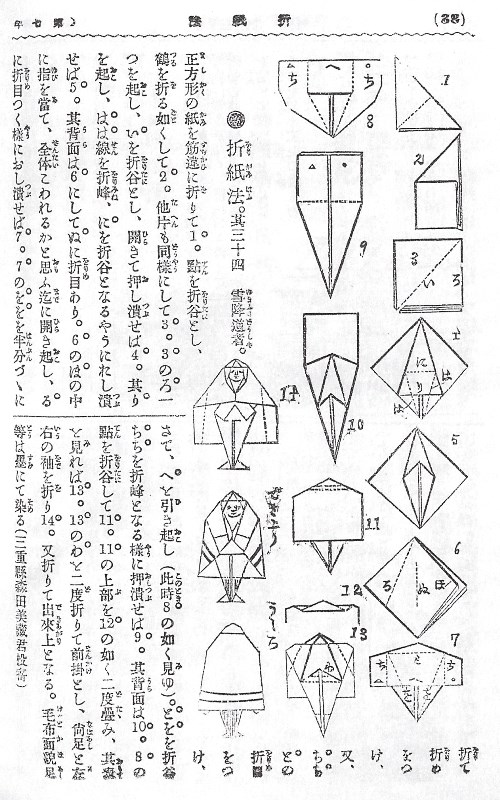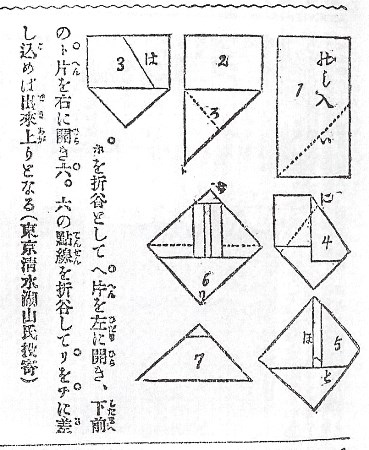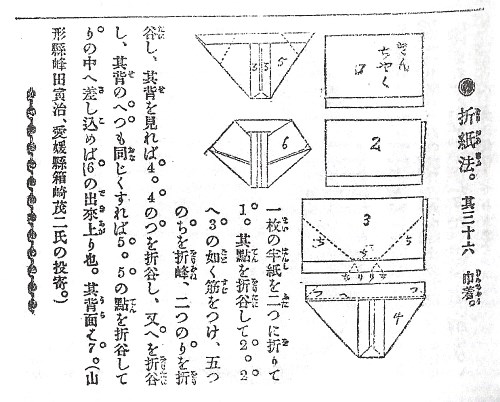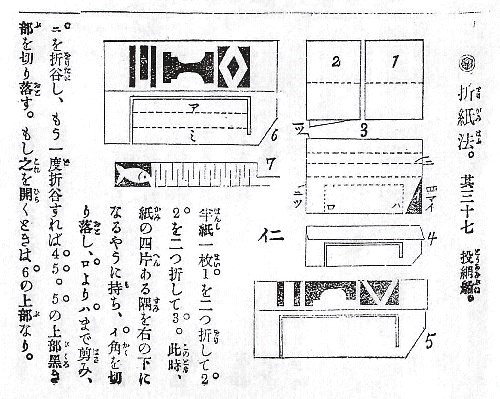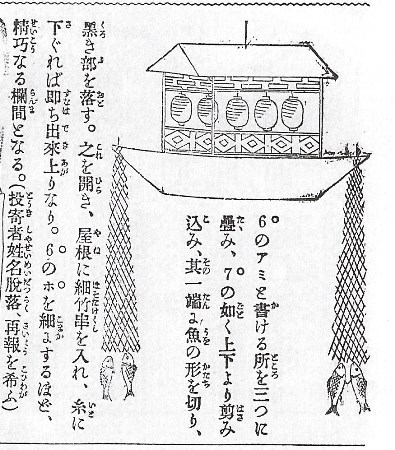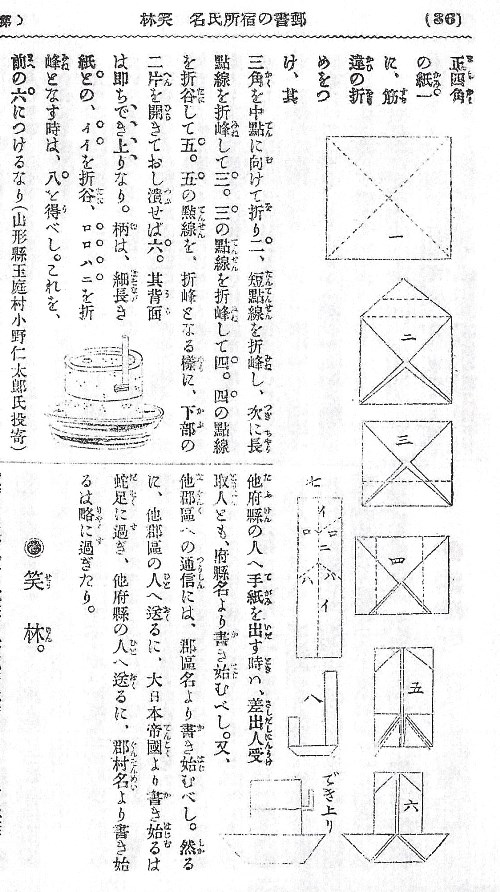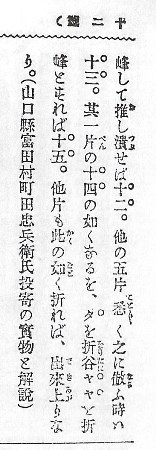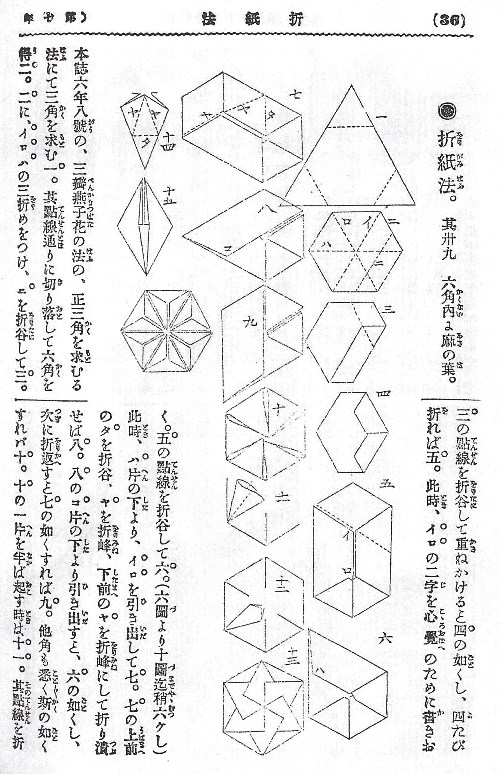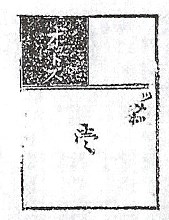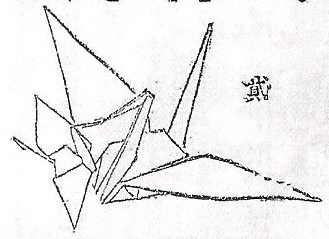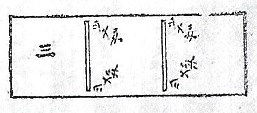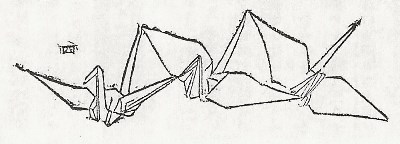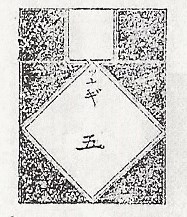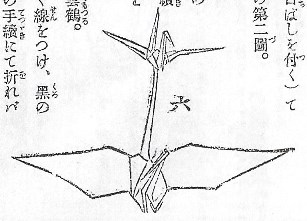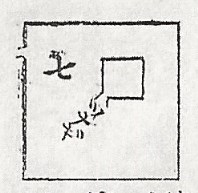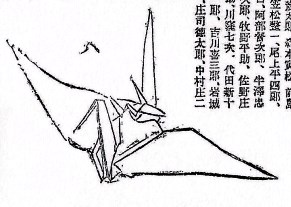| The Public Paperfolding History Project
Last updated 24/1/2024 x |
|||||||
| Articles in Shokokumin Magazine 1895 | |||||||
| Between
1893 and 1895 a number of articles explaining (mostly)
simple paperfolds, mostly under the generic title
'Origami Method', were published in 'Shokokumin' (Young
National) children's magazine. (Information from search
for records mentioning origami in the database of the
National Diet Library.) This magazine seems to have been
published bi-monthly, with 24 issues per year. This page provides details of the articles published in 1895. My thanks to Nobuko Okabe for kindly obtaining details of those of the articles shown below and explaining to me what the articles say and some of the cultural meaning behind the words. The designs were contributed by readers of the magazine living in many different parts of Japan. We cannot tell from the names whether they were adult readers or children. It seems reasonable to assume that these designs, which are noteworthy for their variety, are a good representation of the kind of designs that were in circulation within Japanese society at this time. ********** Article 34 in issue 7/2 - Yukifuri Dosha (Person walking in snow) Contributor: Yoshizo Morita of Mie Prefecture.
********** Article 35 in issue 7/3 - Container Contributor: Kozan Shimizu of Tokyo
********** Article 36 in issue 7/6 - Kinchaku (Purse) - The Tuck-in Mitre Contributors: Kanji Mineta of Yamagata Prefecture and Shigeji Hakozaki of Ehime Prefecture.
********** Article 37 in issue 7/10 - Cast Net Boat - Cardboard Modelling Contributor: The Editor says the name has been lost and asks them to get back in touch.
********** Article 38 in issue 7/11 - Hiki-usu (Grindstone and Mortar) - a version of the Cup and Saucer The drawing at the end of the article (center-left of upper half of p.36) shows what a Hiki-usu looks like. Contributor: Nitaro Ono of Tamaniwa Village, Yamagata Prefecture
********** Article 39 in issue 7/12 - Asa no Ha (Hemp Leaf) The instructions as 'Start from an equilateral triangle as shown in Swallow Flower (6(8)) and make a hexagon from it. Contributor: Chubei Machida of Tonda Village, Yamaguchi Prefecture Note: Asa no Ha (Hemp Leaf) is a traditional Japanese pattern that symbolizes strong growth. It is also believed to chase away demons. The pattern is often used in clothes for babies.
********** Articles 40, 41, 42 and 43 in issue 7/17 - Various Connected Crane designs Contributor: Shunha Shimizu of Sendai (all four models and drawings) *** Article 40, Ehiroi (Feeding) The instructions say to start from a rectangular paper and cut as shown. The black shaded part is to be removed.
*** Article 41: Inaduma (Lightning)
*** Article 42: Muragumo (Gathering Cloud) The instructions say to start from a rectangular paper and cut as shown. The black shaded part is to be removed.
*** Article 43: Sugomori (Staying in the Nest) The instructions say to start from a square sheet and cut as shown.
********** |
|||||||
